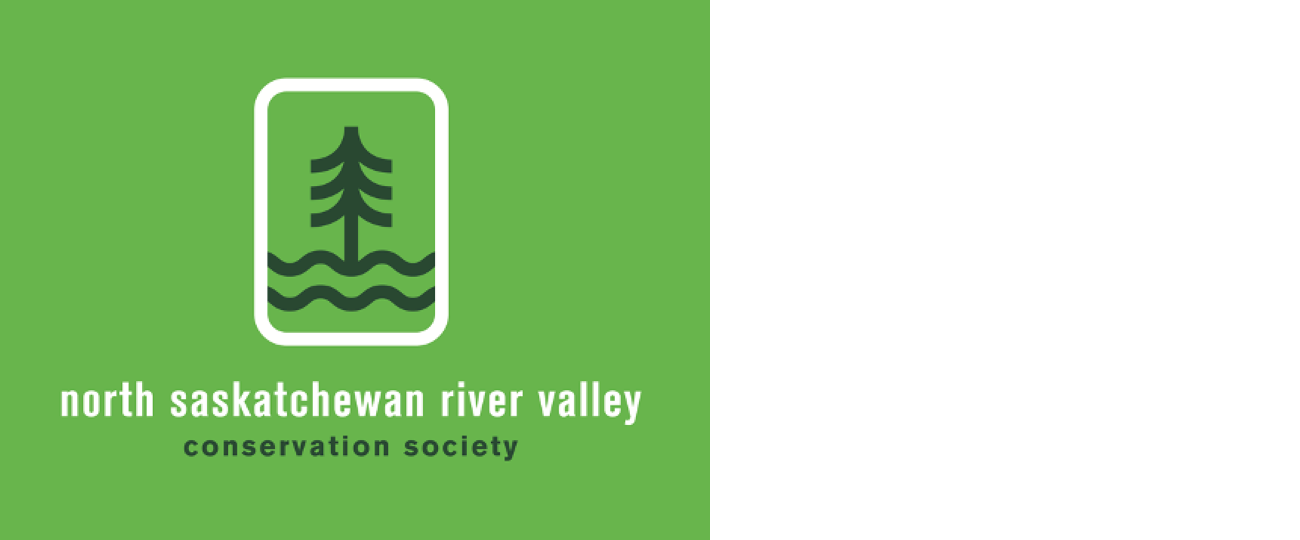Map highlights historic, old, unique and rare YEG trees
The Historic Trees of Edmonton map, originally created by Josh Kirsch, highlights historic, old, unique and rare trees in Edmonton and surrounding areas. Dustin Bajer contributed lots of the trees that are included.
You can find trees under a wide variety of headings including Edmonton’s Widest Trees, Largest of Different Tree Species, and Heritage tree nominations. Oldest Grade 1 Tree, in Edmonton’s Favourite Tree’s category, is a White Spruce at 10741-75 Avenue NW, planted in 1952 and nominated by Allan Williams.
A 23.65 foot wide tree, at 11127-72 Ave NW, in the Parkallen neighbourhood, has been nominated as the widest tree in Edmonton. Nominated by Kelly Kowalchuk, it is believed to be 100+ years old. More at https://www.google.com/maps/d/u/0/viewer?mid=19R_1iainW3ZsrcfqrA5sxS--R4nNFt3j&ll=53.55980764757472%2C-113.45179214649374&z=14&fbclid=IwAR1ow8UVCz4A3pwXWuY2P-klhQPUTa_pxBBXtLsbnIni37qqTmeLPyMSR7c
How do birds know when to migrate
Marg Reine photo
Lengthening days set off a cascade of events in migratory birds that culminates in the birth of a clutch of chicks. To time this arrival for the highest likelihood of conditions favorable to reproducing, a migratory bird tracks each day’s light length, or photoperiod.
That tracking happens instinctively in the animals, which use special photoreceptors in their brain to detect light. Once those photoreceptors register that the days are lengthening in late winter and early spring, they trigger activity in a host of body systems.
Birds molt, for instance, shedding their worn feathers and growing new ones. Their hormones change, influencing their digestive patterns and leading them to eat more, put on weight and build up flight muscle. In some birds, once they’ve eaten enough, a digestive hormone called ghrelin begins to make them restless and nudges them to take flight. And the birds’ reproductive tracts begin to change to ensure that they will be fertile by the time they breed.
When all the pieces fall into place, birds are well prepared to raise their chicks while making the most of the long days and the seasonal boom in bugs, berries and other resources their summer homes offer.
https://www.scientificamerican.com/article/how-do-birds-know-when-to-migrate/
Spruce tips harvesting, cooking and recipes
Spruce tips, the young growth on branches of spruce trees, are not an herb in the typical sense, but they are for all intents and purposes. No species of spruce is poisonous though, so what you can do is just go around to different trees and taste them until you find one that tastes good.
Like with many foraged foods, you need to be careful with how you treat the trees. Always pick from mature trees as young trees need time to grow. Never pick more than 20% of the tips from a single tree. Do not pick tips from the apical meristem or top of a young tree, which would stunt its growth.
Cooking with spruce tips is misleading since using heat makes them lose their vibrant color. Think of them as an herb you would use raw. Add them raw to salads or sprinkle over vegetable dishes. Spruce tips in desserts will typically be pureed or in an infusion, and always strained if possible since leftover particles can get bitter.
The strong taste of spruce tips should be a deterrent from eating multiple handfuls, but it is possible for some people to get an upset stomach from eating them, which could be due to the fact that spruce tips are naturally high in Vitamin C. https://foragerchef.com/spruce-tips/
Frederick Todd envisioned YEG with a ribbon of green as its heart
Adriana writes “I applaud the item on landscape architect Frederick Todd. As co-artist in residence at Yorath House with Marlena Wyman in early 2022, I did an extensive article on Edmonton’s “Beautiful Views: Edmonton’s Westerly Park,” which you might want to inform your readers about. Here is the link: https://yegarts.tumblr.com/post/677459133706928128/yorath-house-artist-residency-blog-post?fbclid=IwAR2hRQluj9hK3-Lsc9jxAoNvi96WMoBgdn9pUe0UrRymnBA7sDB-ZHygyZg
I not only deal with Todd’s report to the City in which he brought to bear “garden city” principles, I also talk about the history of Laurier Park and the development of the early parks department. I think that this is still relevant today as threats to the River Valley continue.”
The Dancer by Bella Totino-Busby & Verne Busby, Yorath House, Buena Vista Park. https://www.edmontonpublicart.ca/#!/details/297
Comment or contribution
Please note that articles may not reflect the position of NSRVCS. River Valley News is meant to be a clearinghouse for the wide variety of opinions and ideas about Edmonton’s River Valley. Email river valley photos, event information, comments, or questions to nsrivervalley@gmail.com
Sincerely yours,
Harvey Voogd
North Saskatchewan River Valley Conservation Society
780.691.1712

















